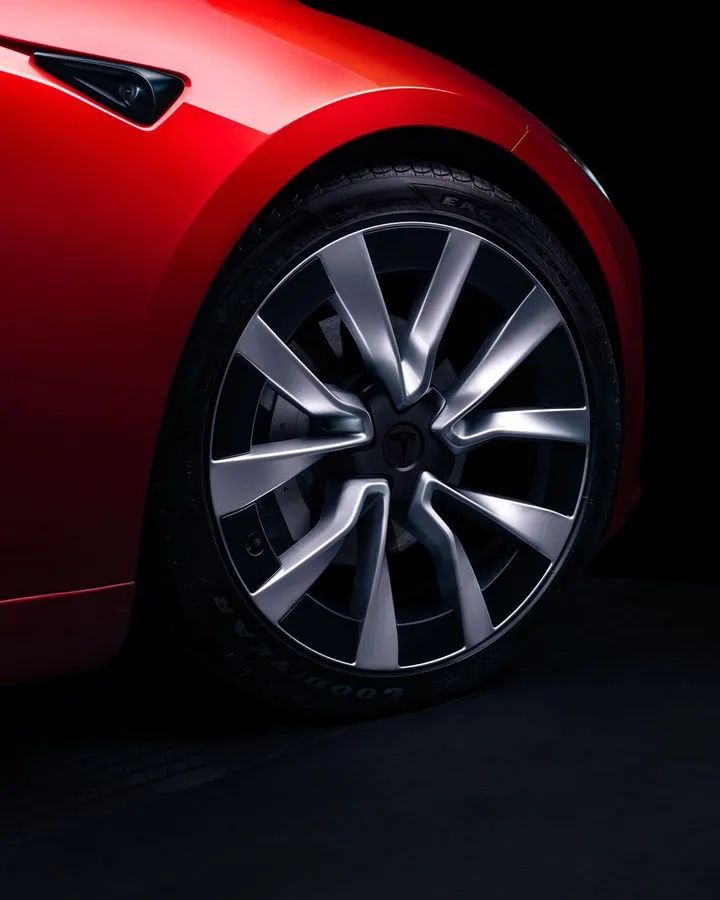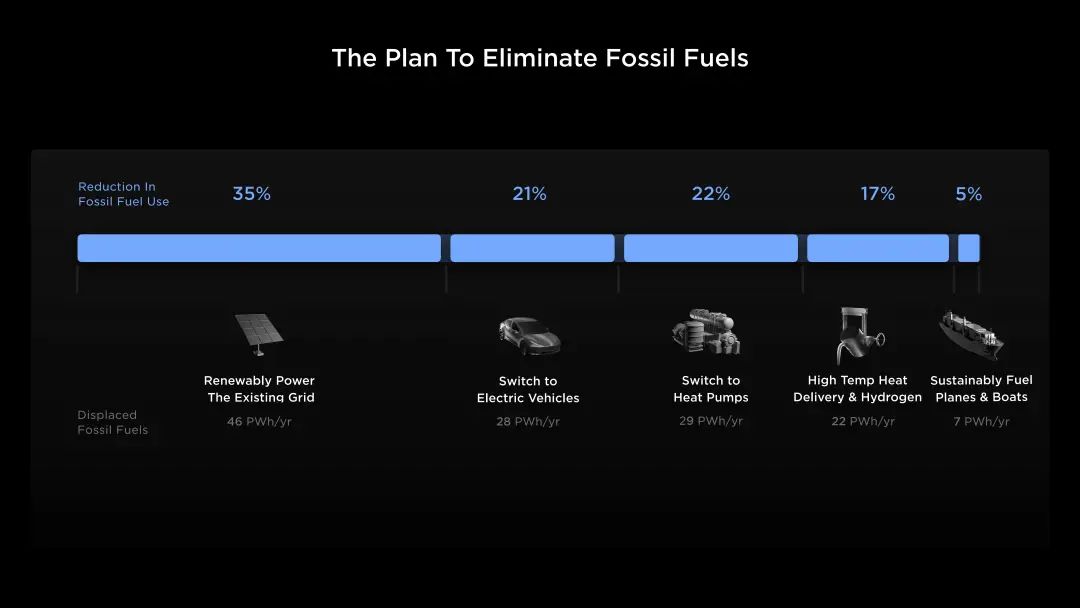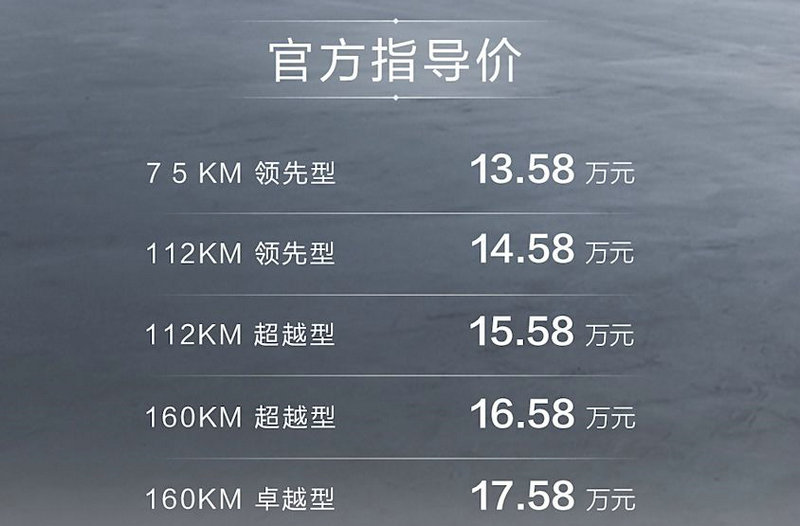How awesome is Tesla’s one-piece die-casting technology? Toyota learned halfway and "retired"
Toyota, which likened Tesla to a work of art and took the lead in imitating integrated die-casting technology, suddenly stopped?
In the eyes of many automobile executives and industry insiders, the gigacasting (integrated die-casting) technology proposed by Tesla has set a new benchmark for automobile manufacturing. It can be said to have replaced the previously highly regarded "famous for efficiency" technology. Toyota Production System.
"The impact on Japan's auto manufacturing industry is huge," said senior auto analyst Takaki Nakanishi.

Even Toyota engineers were so impressed that they decided to follow suit.
Through a video, Toyota showed the public its first body made using the Giga die-cast process. “In the past, we have continued to draw inspiration from Tesla’s manufacturing processes, and this structural component was inspired by Tesla.”
Of course, a more direct reason is: in terms of sales, Tesla has surpassed Toyota and become the real "global sales champion"!

In the first quarter of this year, Model Y replaced Toyota Corolla for the first time and became the best-selling car in the world. This was also the first time that electric vehicles topped the sales list, breaking the era of fuel-powered vehicles.
Subsequently, Tesla led the way. Even in the extremely cold Danish market, Model Y also became the best-selling model in local history as an electric vehicle in a single year, breaking the Toyota Corolla's 37-year high sales record (according to the Danish Automotive Statistics Bureau (DDB)).
Toyota initially stated that in order to catch up with Tesla and prove its competitive strength, it planned to start by learning advanced technologies in the assembly process.
Soon, Toyota discovered that this "chase" was not a simple challenge. Tesla, the first of its kind, uses integrated die-casting technology to greatly simplify the redundant process of automobile manufacturing and accelerate automobile manufacturing efficiency. This has brought about earth-shaking changes to traditional automobile manufacturing.
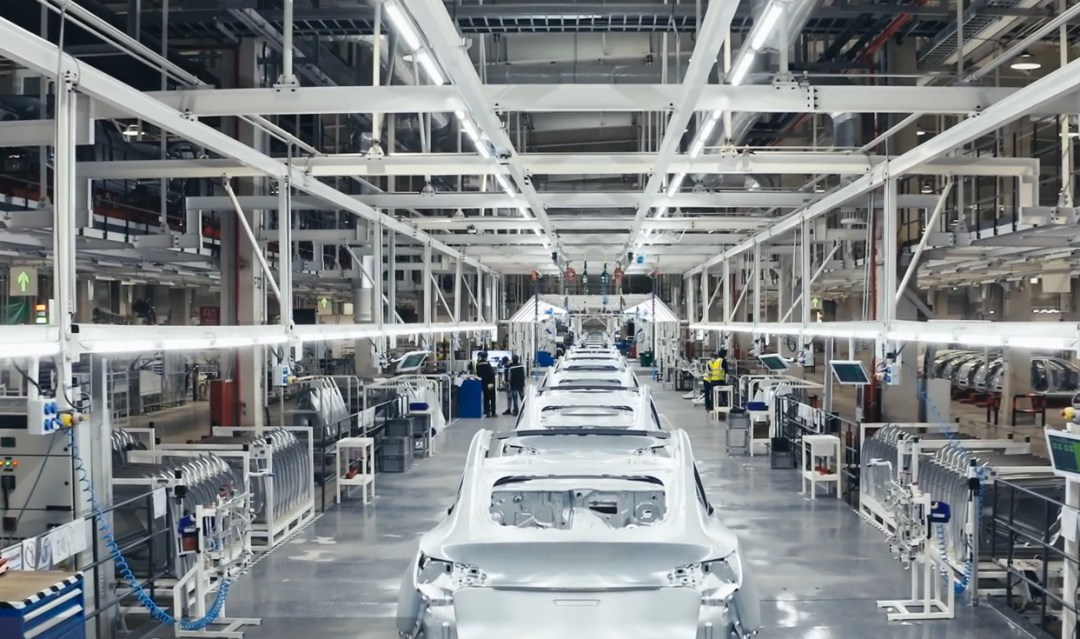
Nowadays, Tesla's Shanghai Gigafactory has achieved "a complete vehicle rolling off the production line in more than 30 seconds." Some netizens joked: "This short period of less than 40 seconds is enough for other car companies to make up for it in their lifetime."
Toyota seems to be aware of the difficulty. Recently, Toyota stated that it would not adopt Tesla’s “gigabit die-casting” solution and would instead rely on its decades of experience to find new methods. "To be honest, we are lagging behind in one-piece die-casting because we haven't launched the product yet," said Kazuaki Shingo, Toyota's chief production officer.
"Manufacturing will be Tesla's biggest advantage, and this is also the core factor that makes it difficult for Tesla to be copied." Musk's judgment has been verified once again.
From getting started to "giving up", what makes Toyota "give up"?
The inspiration originally came from a toy car, but it can be used in real car manufacturing.
In fact, the original idea of integrated die-casting came from a toy car.
After seeing his child's die-cast toy car, Musk had a flash of inspiration: Could this be directly replicated in the actual vehicle manufacturing process?
In traditional manufacturing processes, the body frame structure is produced by welding or stamping a large number of individual parts. In addition to this, giant casting machines are required to press molten metal into molds under high pressure to produce large aluminum body parts, such as the entire chassis of a vehicle.
That is to say, under traditional technology, the front and rear parts of the car usually require nearly a thousand weldings. Such a large number of welding points is not only time-consuming and labor-intensive, but also brings great hidden dangers to the safety of the vehicle.
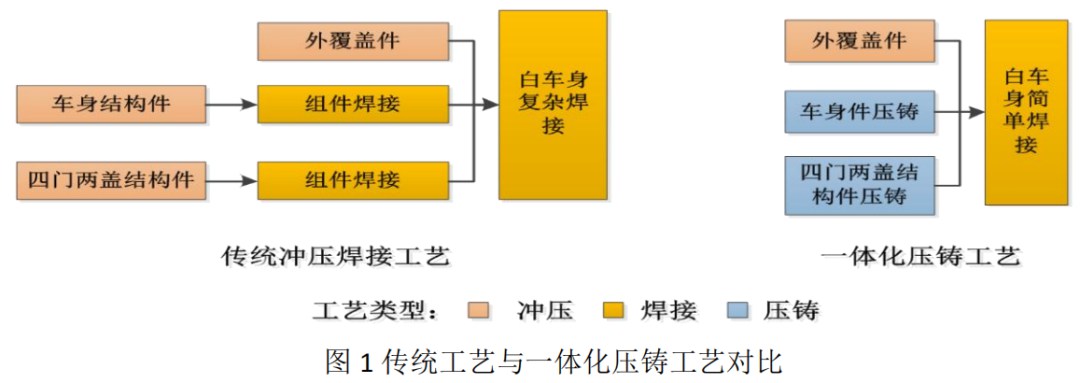
What is integrated die casting? For example, it is to use a mold to make a product at one time, instead of splicing the parts together after they are made.
Currently, the 6,000-ton die-casting machine used in Tesla's Shanghai Gigafactory has greatly simplified the connection process of the Model Y's rear floor panel during the welding process, greatly reducing the body's solder joints and the amount of glue, reducing the original need for more than 70 The rear floor plate composed of welded parts is die-cast in one step, which not only greatly reduces the welding points of the body, but also increases the overall strength of the body several times.
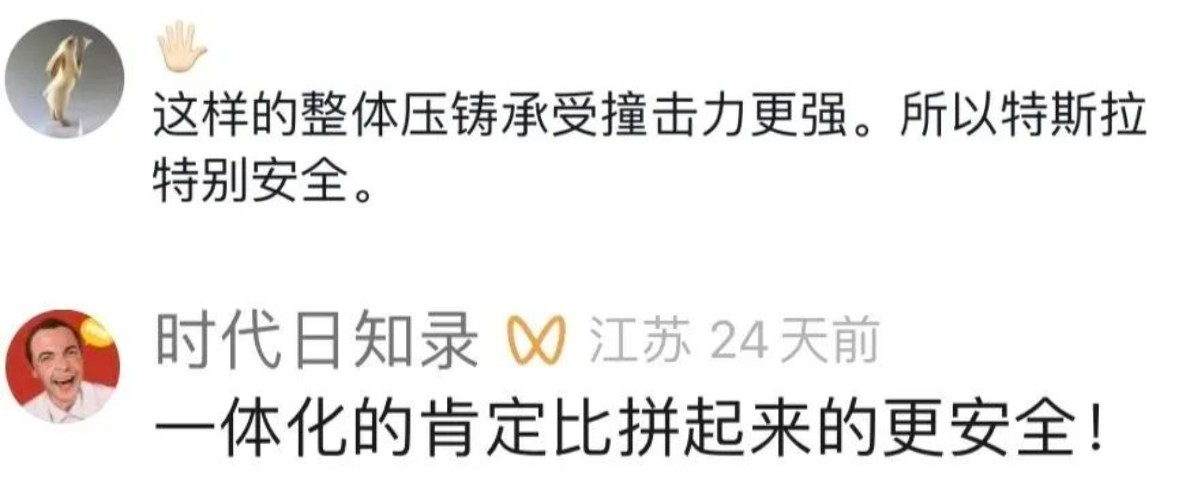
In this regard, Erik Severinson, head of strategy at Volvo Cars, said: "Integrated die-casting is a perfect method because it can replace 100 parts with one part."
This greatly saves time, labor and factory space. Only one giant die-casting machine can replace countless robots welding various parts of the car together. According to foreign media statistics, the cost of replacing hundreds of parts of a fuel vehicle is equivalent to the cost of using the integrated die-casting process for 14 years.
The shortened manufacturing cycle of integrated die-casting technology also allows car companies to have more time and energy to develop innovative technologies.
Various significant advantages have attracted the attention of many traditional car companies. Volvo announced that it will use integrated die-casting technology in its third-generation electric vehicles, and General Motors CEO Mary Barra also said this year that the company has ordered two "giga die-casting" machines for manufacturing production vehicles.
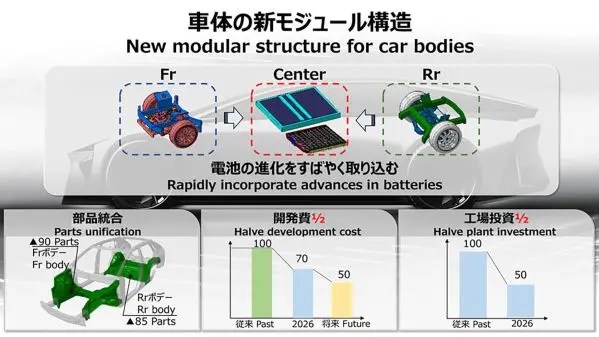
In order to increase the production of electric vehicles on a large scale, Toyota is also studying the same technology. During a factory observation and study session in September this year, Toyota executives admitted that Tesla has a lot to learn. Tesla's core competitiveness in manufacturing, Toyota said: "cannot be copied."
After fully understanding and trying it personally, Toyota stated that it does not plan to adopt Tesla’s one-piece die-casting solution.
Toyota executives are generally cautious about turning to the one-piece die-casting process. "In the process of researching this technology, there will be a large number of scrapped cars. Considering the huge costs that may be incurred, this is too risky." "
Although Tesla's one-piece die-casting technology is regarded as an object of study and imitation by various car companies, it is extremely difficult to actually put it into vehicle production, let alone try to surpass it.

Let’s talk about materials first. Traditional vehicles are processed using aluminum die-cast structural parts. In terms of stability and other aspects, they may not be able to adapt to the integrated die-casting manufacturing process. Tesla took the lead in overcoming material difficulties. Through self-developed materials, it avoided the problem of deformation of large-size die-casting parts caused by heat treatment, and also has unique advantages in casting performance and other aspects.
Secondly, there is the equipment. Integrated die-casting technology has high requirements on the clamping force of the die-casting machine. The die-casting machine has technical barriers to customized design and development, and it also has to deal with extremely high costs. Obviously, it is difficult for companies that are not determined to invest huge sums of money in R&D and manufacturing to take on this "porcelain job."
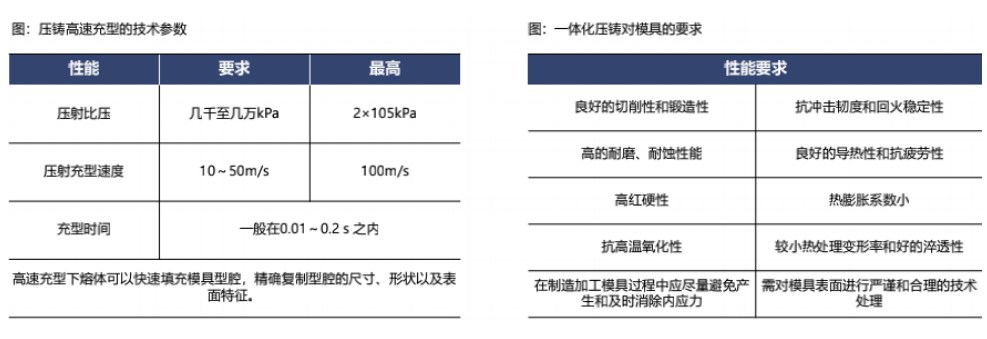
In terms of craftsmanship, it also requires technology and experience. The die-casting process has higher requirements than the traditional casting process in terms of temperature, vacuum, process parameters, post-processing, etc. Problems in any link may affect the quality of the casting. And because integrated die-casting parts have complex structures, high manufacturing costs, and long preparation cycles, this puts higher requirements on the production of die-casting molds.
Faced with technical "stumbling blocks", Tesla adhered to "first principles" thinking to solve problems, overcame technical difficulties one after another, and even "defeated monsters and upgraded" along the way.
While taking vehicle safety to a higher level, Tesla's integrated die-casting process aims to further improve the efficiency of the maintenance process. After a collision of a traditional fuel vehicle, a large number of tedious components often need to be reassembled.
Musk and Tesla executives previously stated in a conference call, “Thanks to the application of the one-piece die-casting process, Tesla’s design team and service team will cooperate in designing specific components to cooperate with Tesla’s direct after-sales model. , making repairs faster and less expensive.”

No wonder many foreign media analysts said that in the field of electric vehicles, traditional car companies such as Toyota still have a long way to go before they can catch up with Tesla. "When Toyota's next-generation electric vehicle production line and battery technology are put into use, Tesla may have entered the next stage of development or achieved better innovation results."
"Most people are imitating, only a few are creating." This sentence couldn't be more suitable to describe Tesla.
The above is the full content of How awesome is Tesla’s one-piece die-casting technology? Toyota learned halfway and "retired"


